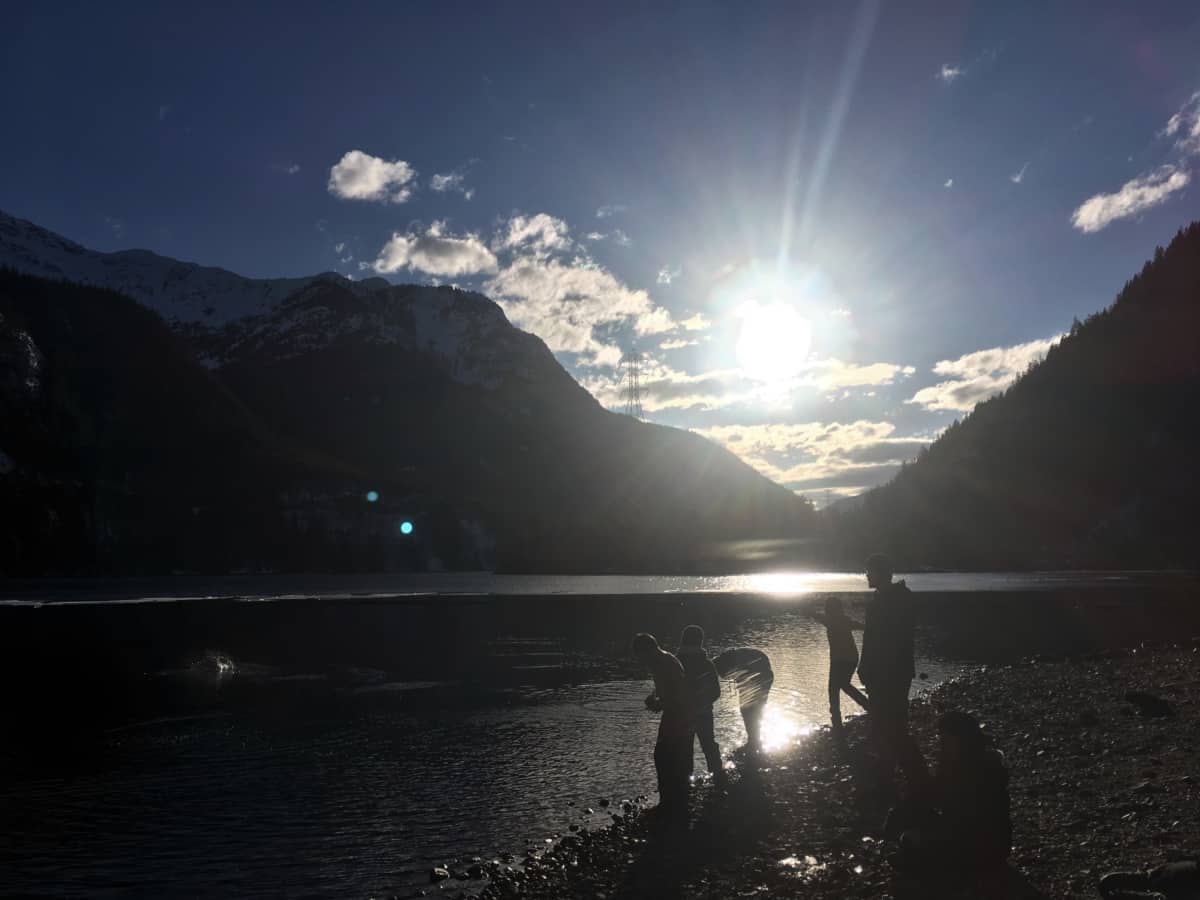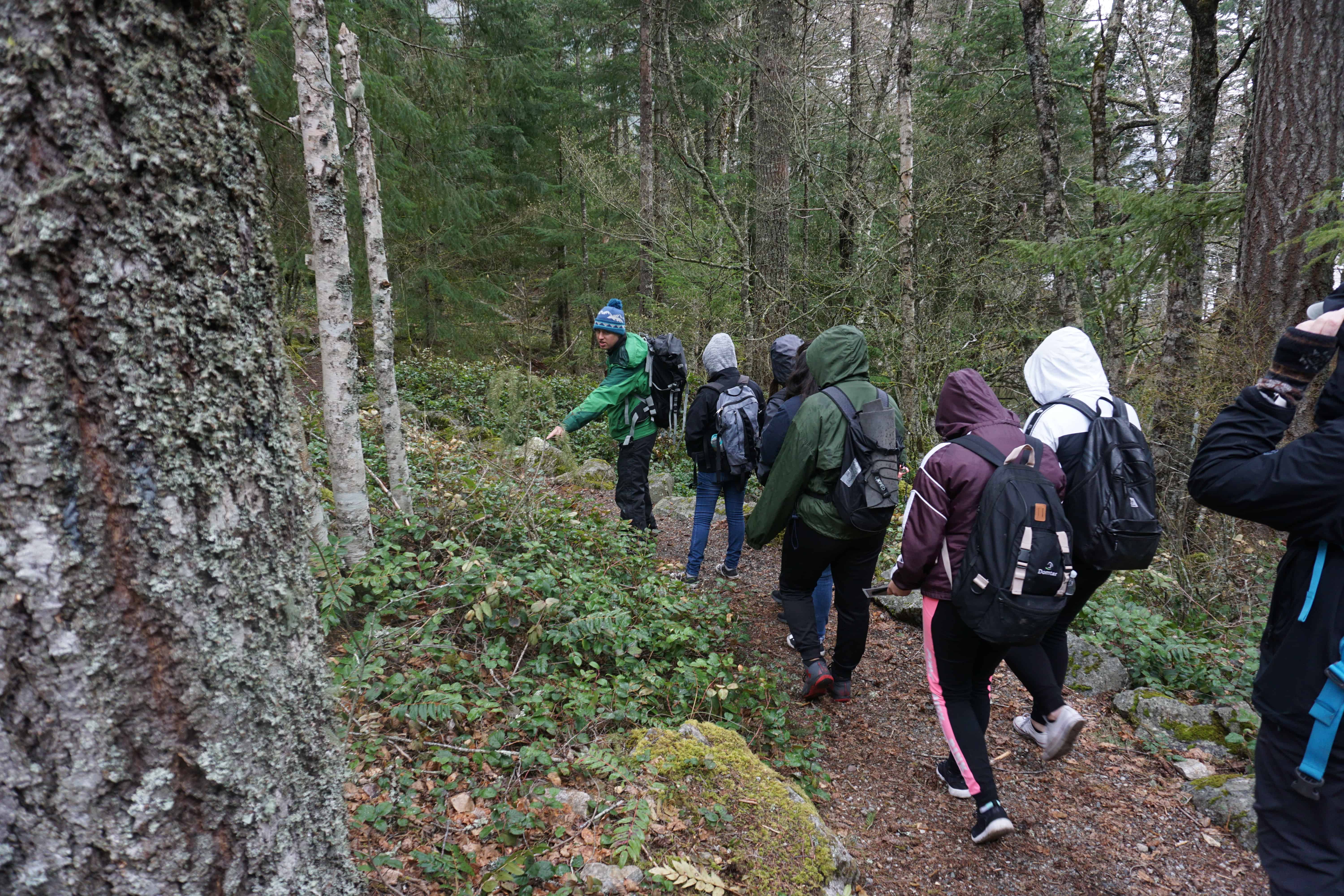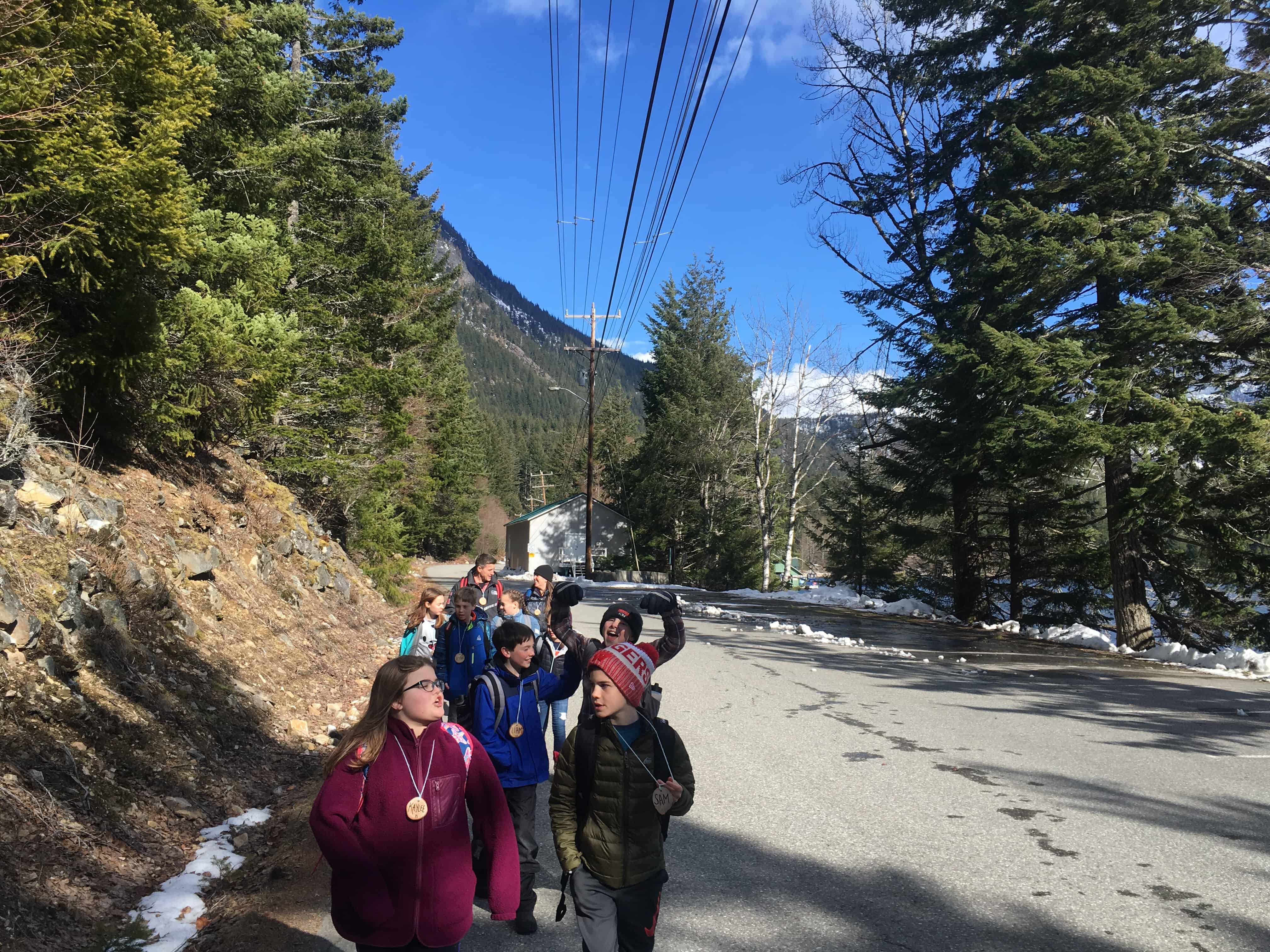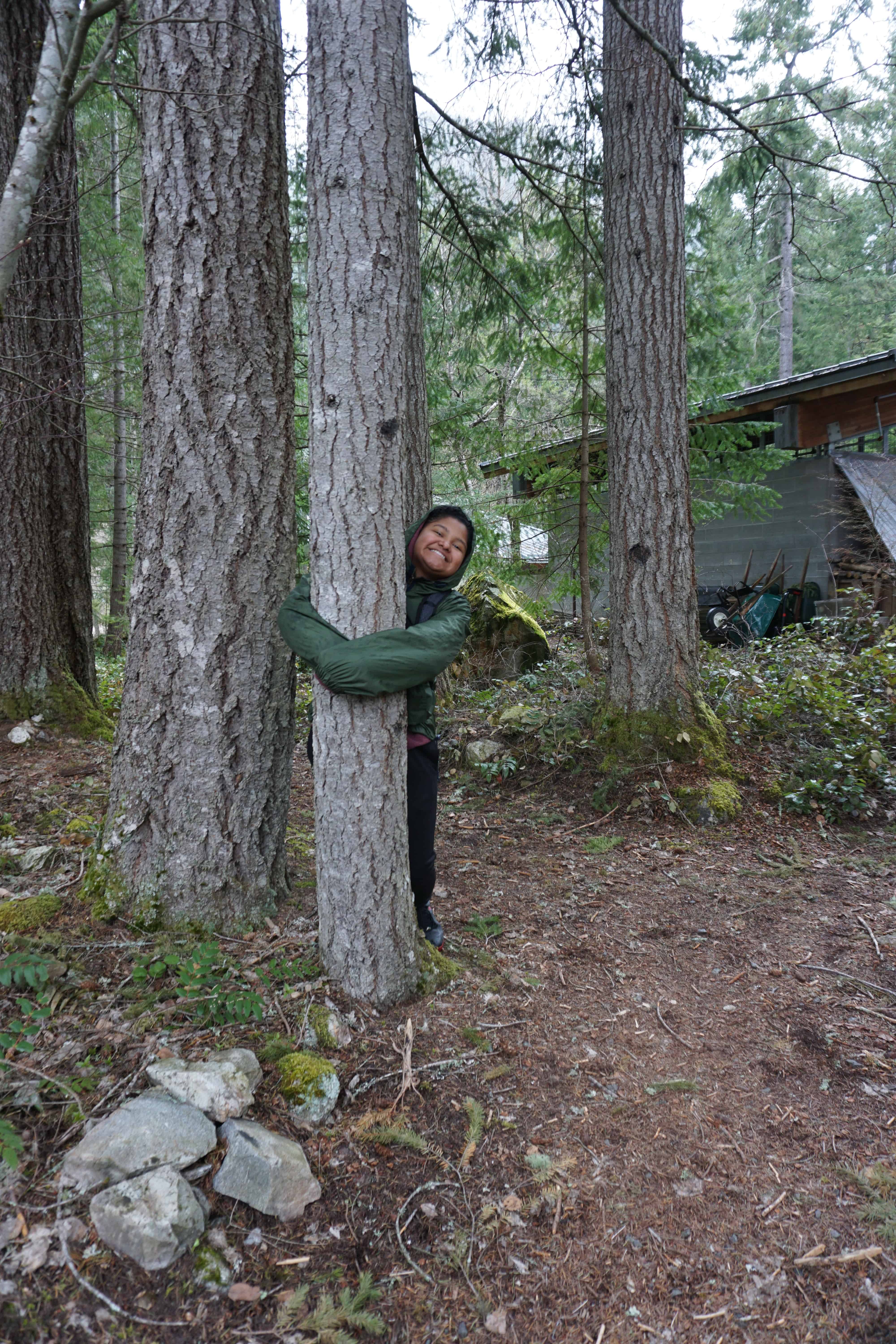
Meeting Students where they are: Reflections on Mountain School
It’s hard to believe, but we’re officially halfway through the Mountain School Spring 2019 season! In just over six weeks, we have already seen a wide variety of weather, students and communities at the North Cascades Environmental Learning Center. As a graduate student with North Cascades Institute’s M.Ed Program, my cohort and I have had the opportunity to take our academic studies into the field to get some practical experience teaching.
The experience so far has been both a tremendous challenge and an incredible reward. While most people are familiar with Mountain School as a popular youth program for local students, only a lucky few have had the opportunity to experience the program first-hand. So for everyone else, I’ve decided to share some of my personal reflections on what it’s like to be on the frontline of one of the most successful residential environmental education programs in the Pacific Northwest!
The first thing that struck me from my very first Mountain School session was my sense of inadequacy as an instructor. I was not new to teaching, or Environmental Education by any means. Prior to coming into this master’s program, I had lead field trips for students as an interpretive ranger in Glacier National Park. However, since arriving on campus last fall, most of my time in the program had been spent in various classes, seminars, and working on reading and writing-based assignments for my coursework. It had been many months since I had taught an audience outside of my cohort and I had completely forgotten how to talk to children!

While I stumbled mightily through my first day, trying clumsily to describe water cycles and geology to 5th graders, I ultimately found my rhythm and began to remember why I enjoy teaching. Like most things in life, the practice of Environmental Education is worlds apart from its theory. All of the greatest naturalist writings and BEETLES curriculum seminars cannot prepare you for the reality of standing before a group of giggling, distracted, shy and insecure eleven-year-olds trying to decide if any of the activities you’ve meticulously constructed will mean anything at all to these small humans. To me, the key to success, or some version of it, is to be constantly evolving and reevaluating myself and the curriculum in order to meet students where they are.

Mountain School brings in a great diversity of students to our campus. In a given season, an instructor could potentially teach private school students from Seattle one week, students from a rural logging community such as Darrington the next, bi-lingual students from Mt. Vernon and Indigenous students from Lummi Nation. Each student comes to Mountain School with a vastly different background, culture and knowledge about the natural world, so we cannot assume that every lesson in the curriculum binder is suited for every student.
Some students come in already knowing many of the core concepts from their previous experiences with other outdoor programs or hiking with family. For many others, Mountain School represents their first interactions with the sights and sounds of a wild forest. Understanding this — and being ready to improvise to facilitate an experience that will touch a chord across a diverse spectrum of students — is the art of good teaching, and the challenge of every new session.

Fortunately, the Mountain School curriculum provides a whole host of different lessons, activities and games aimed at creating unique experiences. Along with that, our leadership team supports instructors with autonomy to let us decide what type of experience is best for our students. This gives us the permission to experiment outside of written lesson plans, and has allowed me the freedom to figure out where my students are at, what each is hoping to get from their time at Mountain School and the best way to deliver.
Ultimately, I do not have a rose-colored-glasses view of my work here. I fully understand that not every student will emerge from Mountain School with a firm grasp of the rock cycle or able to name every plant in the forest. Three days is not enough time to do that, and that isn’t the point. I’m aware that a few months from now most of these students will probably remember very little about the lessons we taught or the vocabulary we shared.
My hope however, is that they will remember Mountain School as a place where they were challenged to hike uphill to a waterfall, touch a mossy tree trunk or eat vegetarian for a few meals. I hope that they will remember the joy of throwing rocks into the lake, the incredible images of a fir cone looks under a microscope, and how peaceful they felt silently hiking under ancient trees.

I believe Mountain School is a great program not because it has the potential to turn 5th graders into scientists and environmentalists, but because it introduces students to the idea that time spent outside, with friends, sharing ideas and stepping outside of comfort zones is important. It creates for them the space to explore nature in its most basic and pure form, and helps students realize that they themselves are a part of the world around them. In almost every student, I see moments of connection, wonder and joy in their faces when they experience something new in nature. I like to think of those moments as tiny seeds being planted in their minds.
I don’t know yet what those seeds may grow into, but I know they would never find a place to take root if not for Mountain School.
You can support Mountain School with your gift during our Spring Give BIG for Youth campaign. Thank you!


Thank you so much, Matt, for braving the world of 5th graders, for adapting and evolving in the moment, and for sharing your reflections on this powerful program.